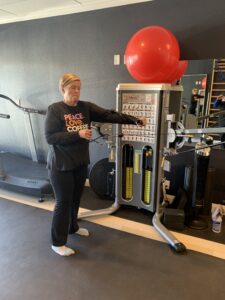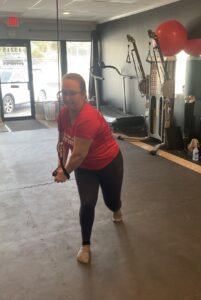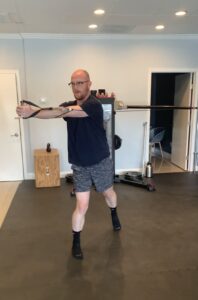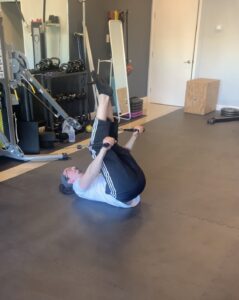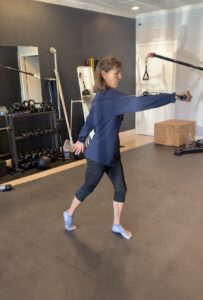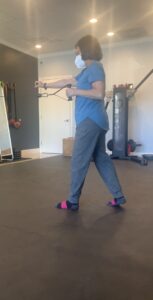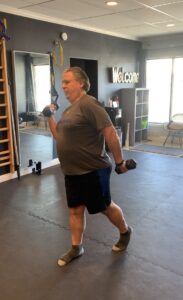It’s one of those days, you just finished a grueling workout at the gym and your joints are aching, your lower back is stiff, and your tendonitis is flared up. Your workout buddies deal with the same aches and pains so you write it off as normal, just part of getting old, and what it takes to stay in shape.
We’re here to tell you that it is not normal, getting old doesn’t have to feel painful, and if you really were “in shape” your body wouldn’t be in a state of chronic aches and pains. Although all the above is commonly experienced by the majority of gym goers, it’s not supposed to be that way. In fact when you move correctly and your muscles contract properly you experience a state of wellbeing.
Imagine this; you just finished an intentional workout, your body is feeling light and springy, you feel a pump all over your body like your muscles are getting stronger, yet you feel like you just stretched out your entire body, your spine feels decompressed, and your shoulder and knees don’t hurt.
This is what your body should feel like after exercising, and it can once you learn how to use your muscles to move correctly. This is what our trainers teach; we don’t count reps, we make sure every rep counts. We train you to intentionally move your body against your default mechanics to override dysfunctional patterns and optimize your movement.
One thing is for sure, our training is not like what you see in the mainstream (maybe that’s why so many people are in pain) or like anything you’ve felt before. Come in and learn what you need to be feeling to fix your body, with our beginner friendly introductory session!













